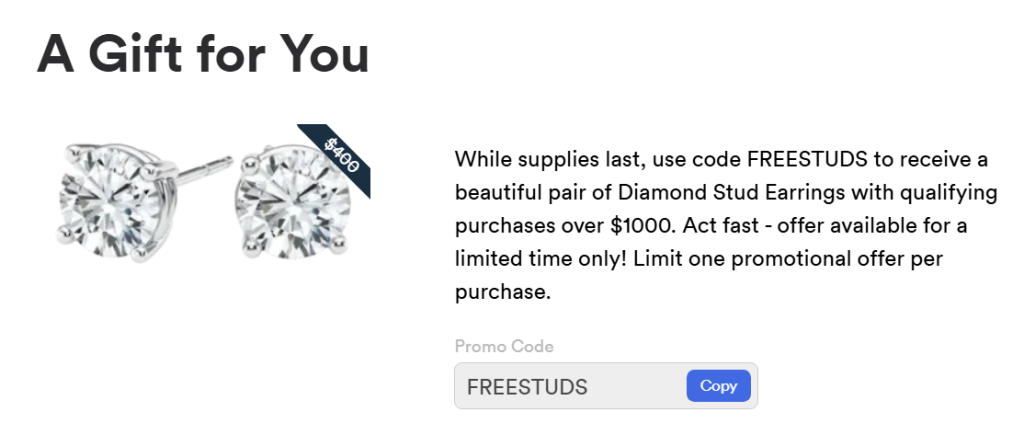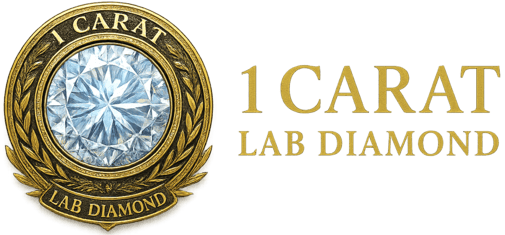Sticker shock isn’t inevitable. With clear priorities, realistic ranges, and the right tools, you can get an engagement ring you love without second‑guessing the spend.
Below is a 2025 playbook that answers the questions couples ask most and shows how shoppers use Rare Carat (the raging high-tech, people-first platform in the diamond industry) to keep both sparkle and budget on track.
What is the average cost of an engagement ring in 2025?
Recent studies put the U.S. average in the $5,200–$6,500 range, depending on methodology and state mix. The Knot’s national survey for 2024 reported $5,200, while 2025 roundups from industry trackers land between ~$5,500 and ~$6,500 as lab‑grown adoption rises and local spending varies.
Takeaway: use the average as a reference point, not a rule. Your spend should reflect your priorities for cut quality, carat, and metal, not an internet number.
How do buyers typically budget for engagement rings?
Most couples set a total cap first, then allocate to the parts that matter most (usually cut and carat). A practical approach is to save monthly toward a target date, or to combine savings with a 0% APR intro credit card if you can pay it off within the promo window.
Rare Carat helps you pressure‑test a budget quickly: set max price, filter by shape/carat, then seek a gemologist’s review to see where value improves if you tweak color/clarity.
Does the “three months’ salary” rule still apply?
Short answer: no. It’s a marketing relic.
Current buyer research and editors widely advise spending what fits your finances and goals (housing, travel, weddings), not a formula tied to income.
How Much Should an Engagement Ring Cost | Rare Carat
What factors most influence engagement ring pricing?
1) Cut quality (biggest visual impact), 2) Carat weight (price jumps at “magic sizes” like 1.00 ct or 1.50 ct), 3) Color/clarity grades, 4) Shape (round often costs more than fancy shapes), 5) Certification (GIA/IGI transparency), 6) Setting complexity (halo/pavé/three‑stone add melee and labor), 7) Metal (platinum > 18K gold > 14K gold typically). Rare Carat’s filters and 360° video make these trade‑offs visible before you even buy.
Get an unbiased check on a diamond’s price and quality HERE.
Are lab‑grown diamond rings significantly more affordable?
Generally yes. In 2025 data, a typical 1‑carat lab‑grown diamond often prices around ~$1,000 or less, while a comparable natural 1‑carat averages around ~$4,200, a large gap that lets many buyers upgrade cut or carat, or reallocate to a nicer setting. Pricing varies by cut, color, clarity, and brand; always compare certificates and actual visuals.
Tip: You can save even more on your lab diamond purchase when shopping through Rare Carat, compared to other retailers. Rare Carat lists both GIA and IGI certified lab‑grown and natural options with zero markups and additional seasonal discounts, offering the best deals to the customers.

What are the best value options for $3,000–$5,000 rings?
Think “look‑bigger, spend‑smart”:
Lab‑grown strategy: Go for Excellent/Ideal cut first, then consider oval, pear, or radiant for more face‑up size per carat. Many shoppers land around 1.25 ct–1.75 ct lab diamond with H–I color and eye‑clean SI1/VS2 clarity in a solitaire, halo, or petite pavé.
Natural strategy: Prioritize an Exceptional/Excellent cut in the 0.60–0.90 ct range, H–I color, eye‑clean SI, and a slim band to maximize presence.
Setting savings: A classic solitaire in 14K gold keeps more budget for the diamond; halo adds visual width for less than jumping to the next carat bracket.
QC check: Use Rare Carat’s HD image preview & 360° videos to avoid “milky” stones. Also, use the unbiased Diamond Report to flag any red flags before checkout.
Are there price differences by ring setting or metal type?
Yes. Solitaire is the most budget‑efficient setting; halo and pavé add melee and labor; three‑stone adds two matched side stones (and cost) to your engagement ring.
Metal matters too. Platinum (durable, hypoallergenic) typically prices above 18K gold, which prices above 14K. If you’re stretching for carat, a 14K solitaire often frees funds for a higher‑performing center diamond.
Is it more cost‑effective to buy engagement rings online?
Often yes, because online selection is broader and overhead is lower, so you can comparison‑shop certified stones and settings quickly. The bigger advantage is information density: certificates up front, GIA/IGI details, 360° diamond video, and price/quality analysis in one place. Rare Carat’s buyer‑first experience (certified listings, Diamond Price & Quality Report, free gemologist consultations, insured shipping, 100% money‑back returns, one‑year complimentary resizing, and lifetime warranty options) reduces the hidden costs of uncertainty and exchanges.
Smart‑Buy Framework for 2025 (5 steps)
Define the look: pick shape and setting (e.g., solitaire, halo, pavé, three‑stone, hidden halo).
Lock in cut quality: never trade cut for carat; use 360° video to confirm light performance.
Right‑size color/clarity: aim for near‑colorless (G–I) and eye‑clean SI/VS—the price/performance sweet spot.
Compare lab‑grown vs natural: weigh value, meaning, and budget; verify with GIA/IGI and match the laser inscription to the report.
Validate value before checkout: run Rare Carat’s Diamond Price & Quality Report and ask a free gemologist to sanity‑check proportions and sparkle.
Bottom Line
A great engagement ring in 2025 is less about “how much” and more about how wisely you allocate the budget. Put your money into cut quality, use style tricks (thin bands, halo/hidden halo) to amplify presence, and let certification plus 360° visuals safeguard your choice. That’s exactly the experience Rare Carat is built around: certified natural & lab‑grown diamonds, deep filters, the Diamond Price & Quality Report, and expert humans on call, so you can say yes to the ring and the price with equal confidence.
